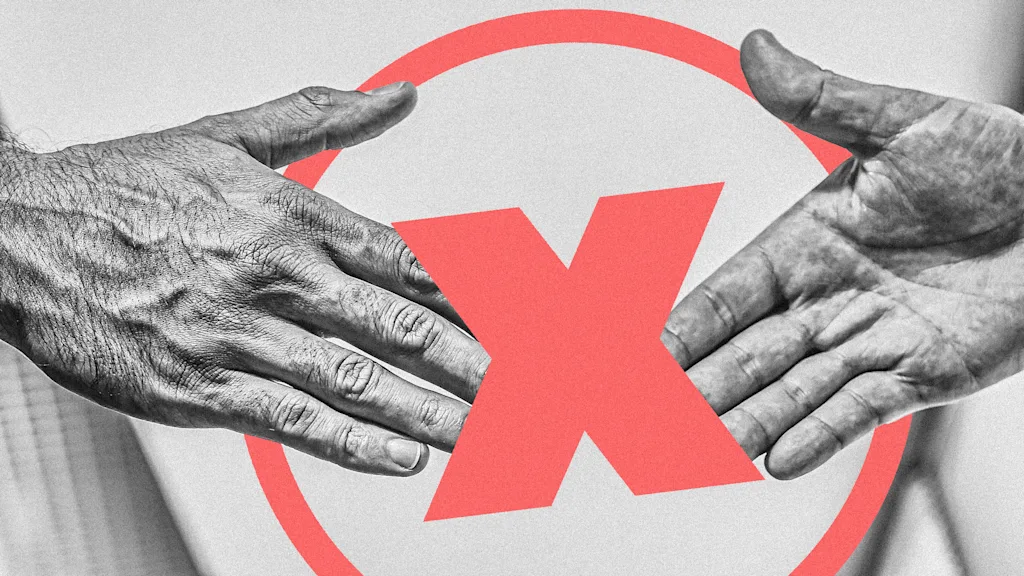
"The first worry was trust. Would people feel like they lost access to their manager? They did not. Access improved because help arrived at the right moment: in the middle of a decision, during a roadblock, or on a draft that needed real feedback. Not next Tuesday at 2:30. Leaders I admire do this already. Jensen Huang. Marc Andreessen. Doug Leone."
"The weekly check-in is a habit from an office-first, synchronous work environment. In a remote, product-driven organization, the cost of context switching is high, and most collaboration starts in writing. Recurring 1:1s often slide into status updates or meandering chats. This can be useful at times, yes, but it's a poor default. I want conversations that are tied to goals, decisions, and growth, within the project timeline."
"We switched to a shared doc and a few well-named Slack channels. Now we use short notes that say what changed, what is blocked, what needs a decision, and tag the right people. Because it is written, we skip the catch-up meeting and we have a record of how and why choices were made. When we need to make a decision in the moment we jump into a quick huddle."
Back-to-back weekly 1:1s can fill calendars without advancing work, especially during rapid feature releases. Canceling standing 1:1s and reserving meetings for new hires or sensitive topics shifted interactions to as-needed moments. Manager access improved as help arrived during active decisions, roadblocks, or draft reviews rather than at scheduled times. In remote, product-driven teams, context switching is costly and written collaboration often precedes synchronous conversation. Replacing recurring meetings with shared documents, concise status notes, targeted Slack channels, and short focused huddles created clearer ownership, documented decisions, and faster alignment with goals and timelines.
Read at Fast Company
Unable to calculate read time
Collection
[
|
...
]